Oscar Llorente
A Transformer approach for Electricity Price Forecasting
Mar 30, 2024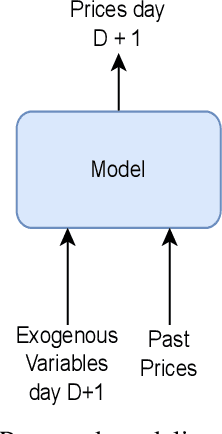
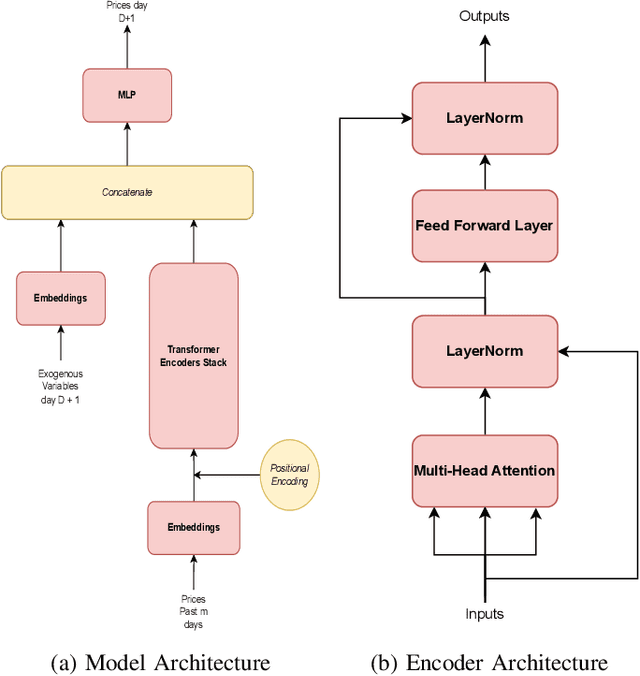
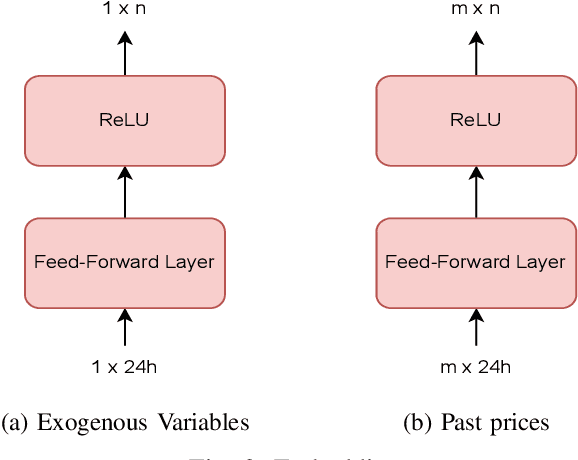
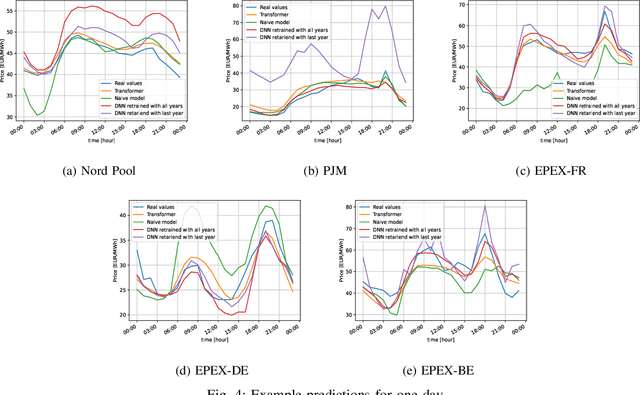
Abstract:This paper presents a novel approach to electricity price forecasting (EPF) using a pure Transformer model. As opposed to other alternatives, no other recurrent network is used in combination to the attention mechanism. Hence, showing that the attention layer is enough for capturing the temporal patterns. The paper also provides fair comparison of the models using the open-source EPF toolbox and provide the code to enhance reproducibility and transparency in EPF research. The results show that the Transformer model outperforms traditional methods, offering a promising solution for reliable and sustainable power system operation.
Evaluating Neighbor Explainability for Graph Neural Networks
Nov 14, 2023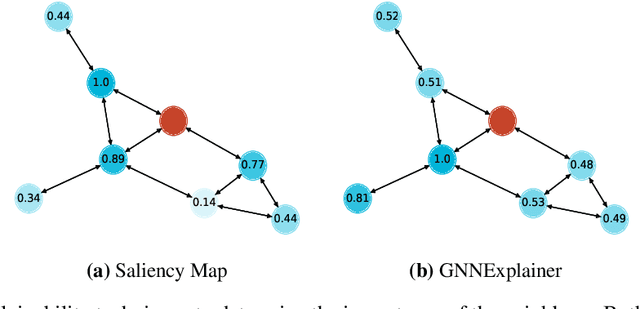
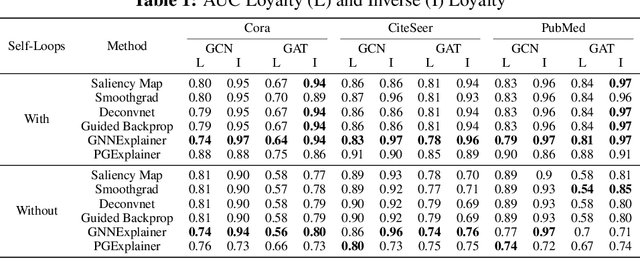
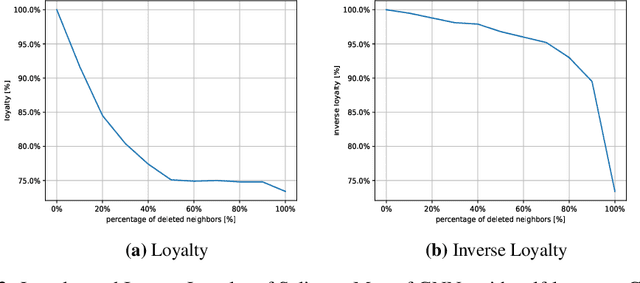

Abstract:Explainability in Graph Neural Networks (GNNs) is a new field growing in the last few years. In this publication we address the problem of determining how important is each neighbor for the GNN when classifying a node and how to measure the performance for this specific task. To do this, various known explainability methods are reformulated to get the neighbor importance and four new metrics are presented. Our results show that there is almost no difference between the explanations provided by gradient-based techniques in the GNN domain. In addition, many explainability techniques failed to identify important neighbors when GNNs without self-loops are used.
A matter of attitude: Focusing on positive and active gradients to boost saliency maps
Sep 22, 2023Abstract:Saliency maps have become one of the most widely used interpretability techniques for convolutional neural networks (CNN) due to their simplicity and the quality of the insights they provide. However, there are still some doubts about whether these insights are a trustworthy representation of what CNNs use to come up with their predictions. This paper explores how rescuing the sign of the gradients from the saliency map can lead to a deeper understanding of multi-class classification problems. Using both pretrained and trained from scratch CNNs we unveil that considering the sign and the effect not only of the correct class, but also the influence of the other classes, allows to better identify the pixels of the image that the network is really focusing on. Furthermore, how occluding or altering those pixels is expected to affect the outcome also becomes clearer.
 Add to Chrome
Add to Chrome Add to Firefox
Add to Firefox Add to Edge
Add to Edge